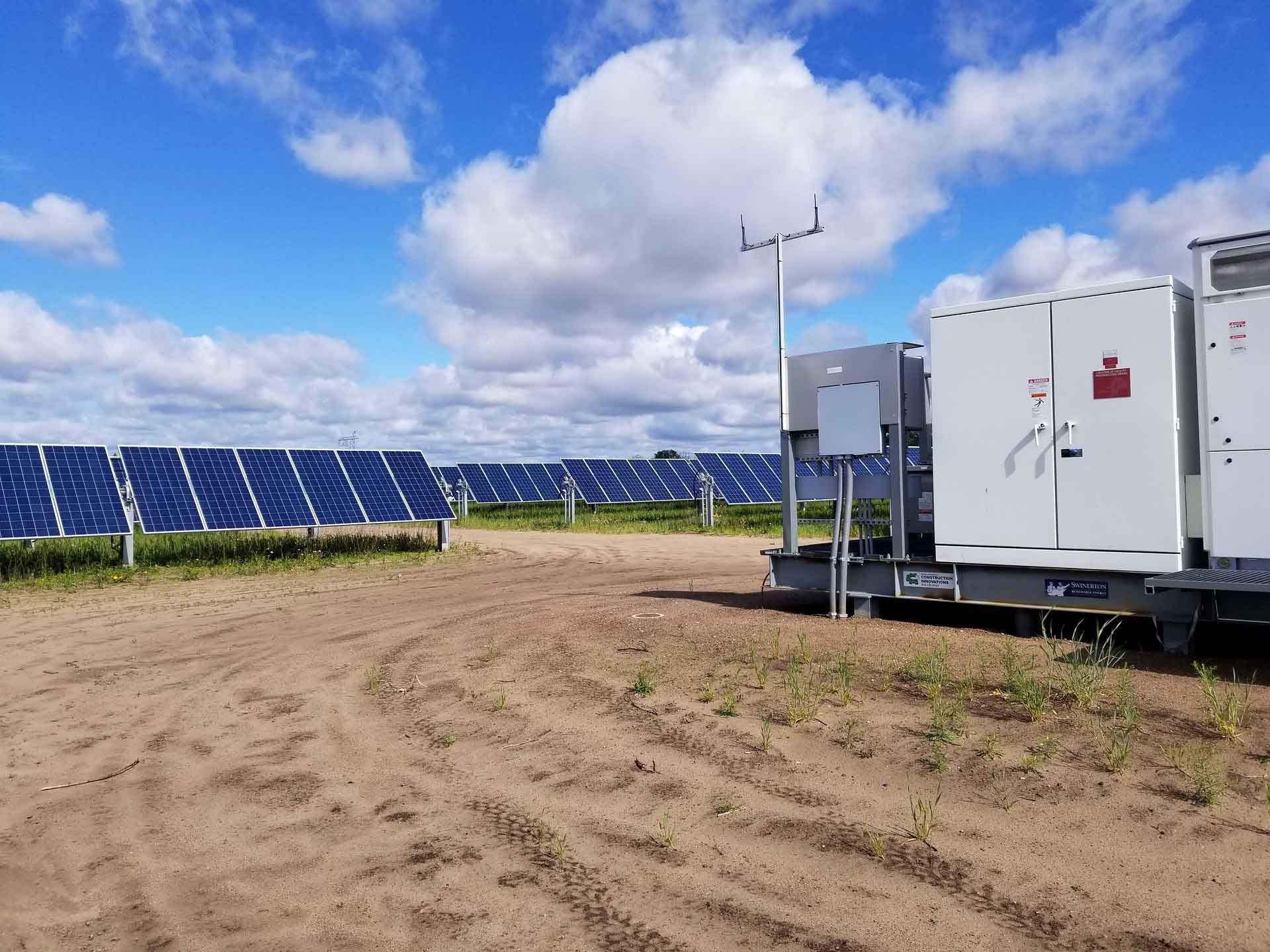Inverter stations play a crucial role in the functionality and efficiency of solar energy systems. These systems convert sunlight into electricity using photovoltaic (PV) panels. However, the electricity produced by PV panels is in the form of direct current (DC), while most homes and electrical grids operate on alternating current (AC). Here’s where inverter stations become indispensable:

Conversion from DC to AC
- Primary Function: The most fundamental role of an inverter station is to convert the DC electricity generated by solar panels into AC electricity. This conversion is essential for the electricity to be compatible with the AC electrical systems used in homes, businesses, and by the electric grid.
Maximizing Energy Production
- Maximum Power Point Tracking (MPPT): Inverter stations often incorporate MPPT technology, which optimizes the conversion process to extract the maximum possible power from the PV panels. This optimization is crucial because the amount of sunlight hitting a solar panel can vary due to factors like time of day, weather, and seasonal changes.
Grid Integration and Stability
- Grid Synchronization: For solar energy systems connected to the grid, inverter stations ensure that the AC output is in phase with the grid’s voltage and frequency. This synchronization is crucial for injecting solar power into the grid without causing disturbances.
- Voltage Regulation: Inverters can regulate the voltage level of the electricity they feed into the grid or a home, which is important for maintaining the stability and reliability of the electrical system.
Safety and Maintenance
- Anti-Islanding Protection: In the event of a grid power outage, inverter stations are designed to automatically disconnect the solar energy system from the grid. This safety feature, known as anti-islanding, protects utility workers from electrocution during grid repairs and ensures compliance with electrical codes.
- Remote Monitoring and Control: Many modern inverters offer capabilities for remote monitoring and control, allowing system operators and homeowners to track performance, identify issues, and adjust settings as needed for optimal operation.
Energy Storage and Management
- Integration with Energy Storage Systems: Inverter stations can be integrated with battery storage systems, allowing excess energy produced during peak sunlight hours to be stored and used when sunlight is not available. This integration is crucial for enhancing the reliability and flexibility of solar energy systems.
- Load Balancing and Demand Response: Advanced inverters can participate in demand response programs by adjusting the power output in response to signals from the utility or a smart grid. This capability helps balance supply and demand on the grid and can improve the economic value of the solar energy system.
In conclusion, inverter stations are indispensable to the effective operation of solar energy systems. They not only enable the conversion of DC to AC power but also enhance the system’s efficiency, safety, and grid compatibility. As technology advances, the functionalities of inverters continue to expand, further increasing the value and capabilities of solar energy systems.
